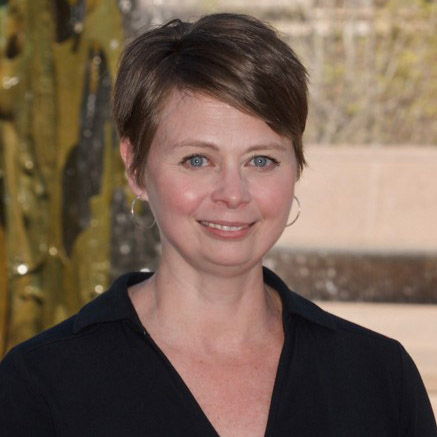I am a historian of the nineteenth and twentieth century United States, with a particular focus on labor, gender, and workplace cultures. My first book, A Common Thread: Labor, Politics and Capital Mobility in the Textile Industry (UGA Press, Politics and Society in the Modern South Series, 2006), examines the relocation of the New England textile industry to the American South between 1880 and 1960 as a prelude to the industry relocations and related challenges faced by working people in the modern age of globalization. My subsequent research including, “Better Work Beyond the Workplace: A Comparative Study of Gender Dynamics in Bangladesh, Cambodia, Kenya, Lesotho and Vietnam,” (ILO, 2020), analyzes the historic roots of the gendered dynamics of normative labor standards in the global textile and garment industries that have been remarkably static across time and place. Global Women’s Work: Perspectives on Gender and Work in the Global Economy (Routledge, 2018), co-edited with Mary Frederickson and Olga Sanmiguel-Valderrama, brings together the work of an interdisciplinary group of international scholars to consider how women shape the global economic landscape through their labor and activism.
I am also interested in the intersections of class and gender in the development of workplace, community, and institutional cultures, as explored in my articles, “‘Not Model Children’: Culture and Contested Control at the Pennsylvania Industrial Reformatory,” and, “‘I … Have a Lot of Work to Do’: Cotton Mill Work and Women’s Culture in Matoaca, Virginia, 1888–1895.” My current book project is a cultural and labor history of the Pennsylvania Industrial Reformatory, a state prison for men between the ages of 16 and 30 that opened in 1889 which serves as a case study reflective of broader national trends (and ultimate failures) of Progressive Era prison reform. Early research support for this project was funded through a Pennsylvania Historical and Museum Commission Pennypacker Fellowship.

 The College of Arts + Sciences
The College of Arts + Sciences